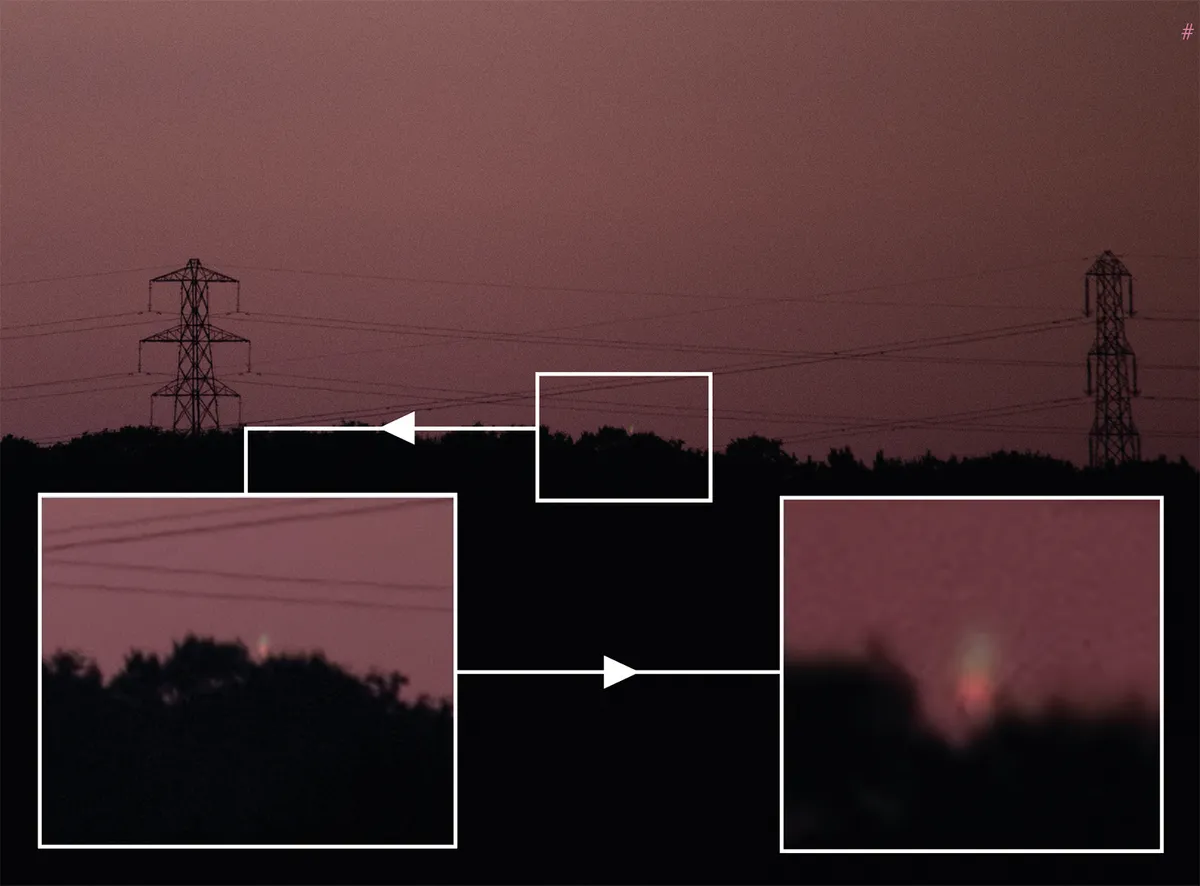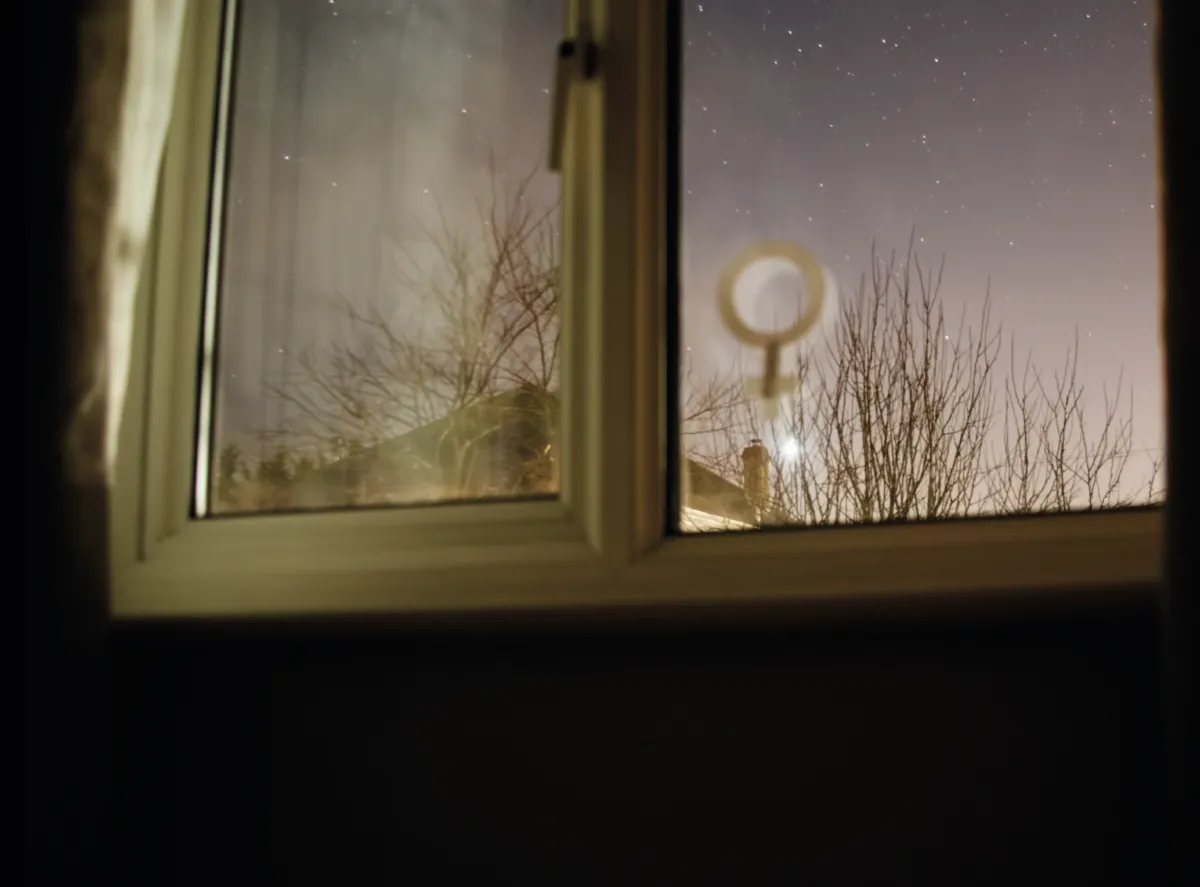Venus’s brilliance comes about because it is a planet covered in reflective clouds which is close to the Sun and Earth.
A good challenge is to see whether you can capture something that has rarely been photographed or seen visually: a shadow cast by Venus’s light.
Read more astronomy guides:

Although Venus is quite brilliant, its delicate shadow is easily lost due to extraneous lighting. Creating a dark environment to isolate the shadow is quite hard and requires thought.
Try and pick a night when the sky is clear and the Moon is not about: for this to work you’ll need to be able to see Venus against an astronomically dark sky.
A room with a window facing Venus is ideal, but if one is not available, the next best thing is a cardboard box with one open end.
A shadow viewing screen can be made out of sheets of white paper fixed to a wall or used for lining the inside of a box.
The shadow casting target is your choice; a cut out of the word ‘Venus’ or perhaps its planetary symbol + .

If you’re using the box option, ensure the target is rigidly fixed so it can’t move in a breeze.
Next, unless you’re in a really dark environment with crystal-clear skies, a camera will be required to record the shadow. A DSLR or MILC camera is ideal.
Set to a high ISO, a low f/number and use a remote shutter release to avoid camera shake. A tripod allows you to point the camera easily.
Illuminate the screen before your attempt, manually focusing on it as accurately as you can.

Do a test exposure of a few seconds up to tens of seconds. You may need to stretch the image using a photo editor.
Open levels and adjust the sliders to just encompass the histogram peak – to reveal the shadow.
A useful technique is to make a time-lapse. As Venus sets, this reveals the shadow slowly creeping up the screen.
The non-shadowed area may change colour as the atmosphere makes the planet’s light slightly redder as it approaches the northwest horizon.
If you do manage to photograph a shadow cast by Venus, let us know by emailing contactus@skyatnightmagazine.com
This article originally appeared in the April 2020 issue of BBC Sky at Night Magazine.

